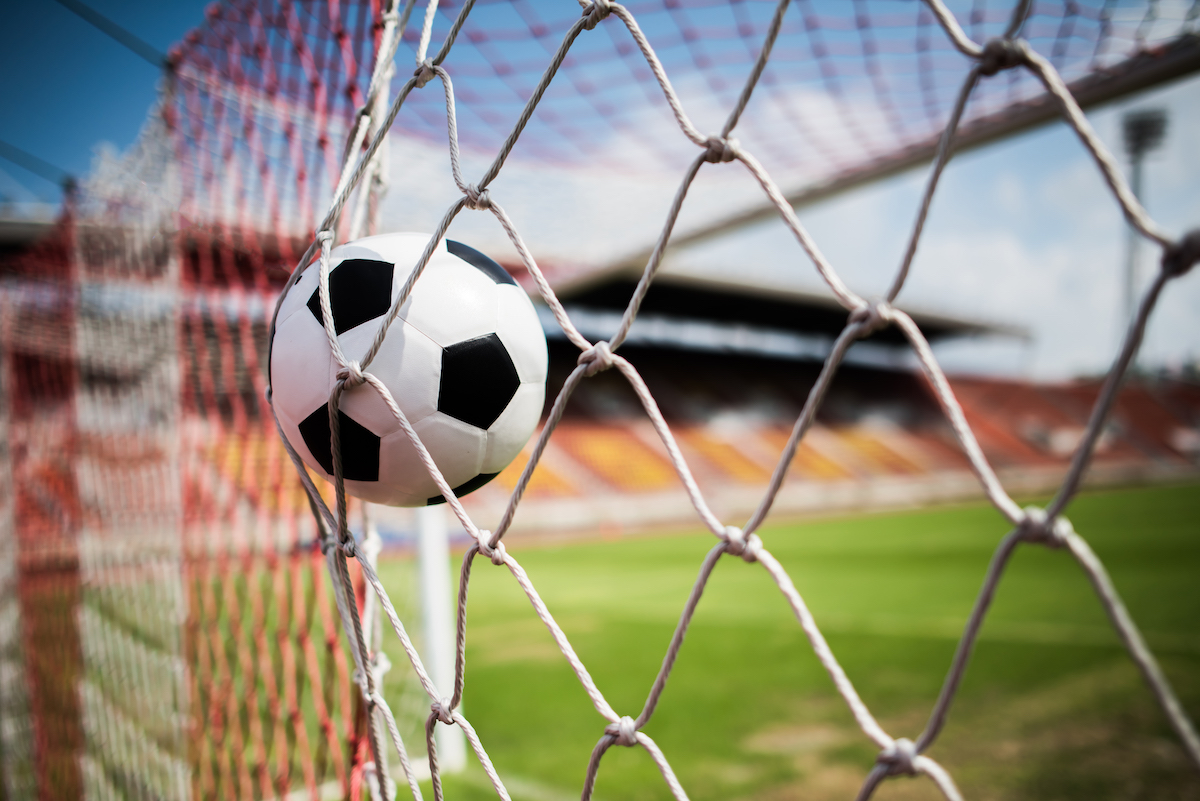
Soccer is a sport that is enjoyed by millions of people all over the world. Whether you are playing in a formal setting or just for fun in your backyard, having the right soccer goal is crucial for enjoying the game and improving your skills. In this article, we will take a closer look at how to set up a soccer goal properly.
Step 1: Choose the Right Location
The first step in setting up a soccer goal is to choose the right location. The location should be flat, free of obstacles, and away from any hazards such as rocks or tree branches. The ground should also be firm, as soft ground can cause the goal to wobble or tip over.
When choosing the location, also consider the direction of the sun and the wind. You don’t want the goal to be facing directly into the sun, as this can make it difficult to see. You also don’t want the goal to be facing directly into the wind, as this can cause the ball to curve unpredictably.
Step 2: Assemble the Goal Frame
Once you have chosen the location, it is time to assemble the goal frame. Most goal frames come in several pieces that need to be bolted together. Follow the manufacturer’s instructions carefully to ensure that the frame is assembled correctly.
If the goal frame has wheels, make sure that they are securely attached and functioning properly. This will make it easier to move the goal around when needed.
Step 3: Attach the Net
Once the goal frame is assembled, it is time to attach the net. Place the net over the frame, making sure that it is centered and straight. Most nets have loops or hooks that need to be attached to the frame using clips or other fasteners.
When attaching the net, also make sure that it is tight and secure. A loose net can cause the ball to bounce unpredictably or get stuck in the net.
Step 4: Secure the Goal to the Ground
Once the goal frame and net are in place, it is time to secure the goal to the ground. This is important to prevent the goal from tipping over or moving during gameplay.
Most goals come with ground anchors that need to be inserted into the ground. Follow the manufacturer’s instructions carefully to ensure that the anchors are inserted correctly. Some goals also have additional weight bags or sandbags that can be used to further secure the goal to the ground.
Step 5: Inspect the Goal
Once the goal is set up, inspect it carefully for any signs of damage or wear and tear. Check the frame for any loose or missing bolts, and tighten them if necessary. Inspect the net for any tears or holes, and repair them if necessary.
If the goal is damaged beyond repair, you may need to replace it. Look for a high-quality replacement goal that is suitable for your playing conditions and needs.
Tips for Maintaining Your Soccer Goal
Regular maintenance can help prolong the life of your soccer goal and ensure that it remains in good condition. Here are some tips for maintaining your soccer goal:
Store your soccer goal in a dry place when not in use. Exposure to moisture can cause rust and other damage.
Inspect your soccer goal regularly for any signs of damage or wear and tear.
Use a tarp or cover to protect your soccer goal from the elements when not in use.
Lubricate any moving parts of your soccer goal, such as the hinges and bolts, to prevent rust and ensure smooth operation.
Replace any damaged or worn parts of your soccer goal, such as the net or ground anchors, as soon as possible to avoid further damage.
Conclusion
Setting up a soccer goal properly is crucial for enjoying the game and improving your skills. Choose the right location, assemble the goal frame, attach the net, secure the goal to the ground, and inspect the goal for any signs of damage. Regular maintenance can help prolong the life of your soccer goal and ensure that it remains in good condition. By following these steps and tips, you can enjoy the game to the fullest and make the most of your soccer goal.

